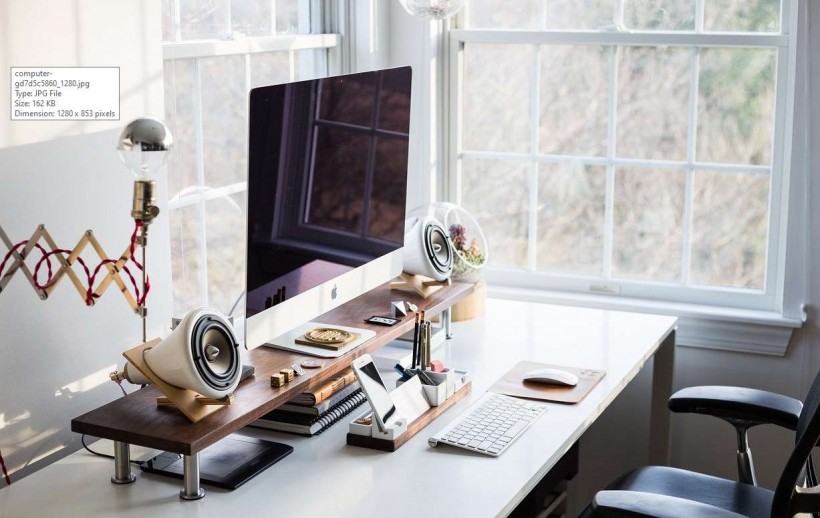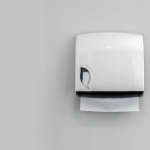The 5 Essential Things Every Ergonomic Workspace Needs
Warning: Undefined variable $post in /home/dietofli/public_html/wp-content/plugins/code-snippets/php/snippet-ops.php(584) : eval()'d code on line 3
Warning: Attempt to read property "ID" on null in /home/dietofli/public_html/wp-content/plugins/code-snippets/php/snippet-ops.php(584) : eval()'d code on line 3
The estimated reading time is 5 minutes
Warning: Undefined variable $post in /home/dietofli/public_html/wp-content/plugins/oxygen/component-framework/components/classes/code-block.class.php(115) : eval()'d code on line 3
Warning: Attempt to read property "ID" on null in /home/dietofli/public_html/wp-content/plugins/oxygen/component-framework/components/classes/code-block.class.php(115) : eval()'d code on line 3

Technology has seen a huge increase in the number of people who work from home. For the most part it means blissful freedom, comfort and control over your working times and working space.
The downside of working at home, however, is that most home offices are not optimized for ergonomics and comfort. This may not seem like a big deal, though over time, improper posture can lead to a whole host of health issues, from back pain, neck cramps, carpal tunnel syndrome, to even death due to prolonged sitting.
In this article, we look at 5 things every ergonomic workspace should have, whether you work at home or in the office.
1. Desk stands to elevate your Monitor and Laptop
Even if you have a height-adjustable monitor, most of the time; it’s simply not versatile enough to be ergonomic and comfortable enough for long term viewing.
The ideal height of your monitor should be eye level. This includes when you’re standing up, which many doctors now recommend you do when you work, or at the very least alternate between sitting down.
A desk stand, also called desk risers, provides an affordable and easy solution to transform your regular desk into a standing desk. It does this by letting you elevate your monitor or laptop on-demand to whatever height you desire, letting you either sit or stand as you work away. My favourite is one from Flexispot.
2. An Ergonomically Designed Office Chair with Headrest
The wrong chair can leave you in pain, constantly tired and cause permanent damage to neck, shoulders and back. A purpose-designed work chair needs a well-padded seat that adjusts in height. Certainly, the chair’s back should preferably be high-backed to offer extra support for the neck area. The back needs to move and tilt to support your spine so that good posture comes naturally. The chair must be designed in such a way that you aren’t inclined to collapse into an unhealthy slump. To support your back you want to look at a chair that offers lumbar support and which can be adjusted to suit your height. If you prefer a chair with armrests, make sure they don’t prevent the chair from tucking under the work surface.
Choose a chair with adjustable armrests which allow you to sit with your arms parallel to the floor. For ease of movement, make sure your chair is fitted with castors that allow you to glide around your workspace. The chair also needs a swivel mechanism so that you don’t have to twist your body unnaturally to reach for something.
If you’re not ready to invest in an ergonomic chair yet, lumbar support pillows can provide a quick fix. They can be strapped to the frame of your chair so that it fits snugly into the small of your back to create instant lumbar support where needed.
3. A Kneeling Chair
A kneeling chair has become a popular alternative to the standard office chair, with many people swearing by it. The design of a kneeling chair puts your body in a natural upright position as you sit, engaging the core and distributing the weight of your body evenly across your shins.
Consider incorporating a kneeling chair into your sitting routine to further break you free from sitting in any one position for too long. You can find a good list of them here.
4. Ergonomic Keyboard
Regular keyboards force your arms and wrists to be at stressful angles. If your work entails many hours at the computer, you want to avoid repetitive strain injury (RSI).
Modern keyboards allow your wrists to be in the ideal position which allows typing with ease for long periods. Problems come about because of the awkward angle between arms and your keyboard and some modern work surfaces come with keyboard trays as well as mouse pads designed for comfort.
5. The ergonomic mouse
The design of the computer mouse can contribute to this RSI so you need to invest in a mouse with a different shape to reduce strain on your fingers and wrist. The design objective of the ergonomic styled mouse is to ensure that the fingers can easily operate the buttons and wheel of the mouse. An ergonomic mouse feels comfortable to grasp and are accessible to both right- and left hand users.
Conclusion:
Safety and comfort are of paramount importance in your work environment. Poor workplace design will only contribute to workplace irritation, pain and illness.
Ergonomic chairs, desks and equipment can assist with good posture and comfort, allowing you to change your posture so as to reduce injury risk and to guarantee maximum comfort and efficiency.
References:
- NCBI. Ergonomic intervention, workplace exercises and musculoskeletal complaints: a comparative study. Available at https://www.ncbi.nlm.nih.gov/pmc/articles/PMC4219902/
- Ergotherapy. Why you need ergonomic office chairs for your workplace. Available at https://www.ergotherapy.co.za/news/why-you-need-ergonomic-office-chairs-for-your-workplace














